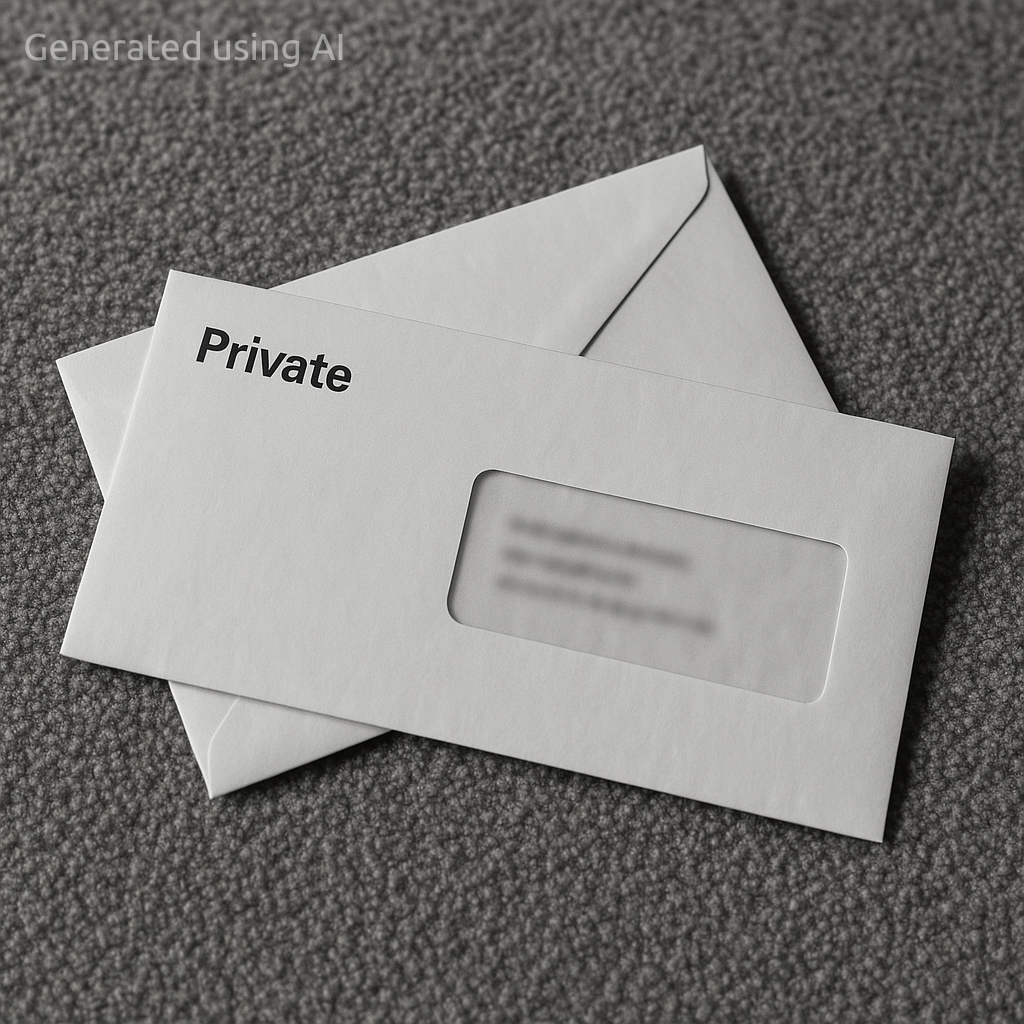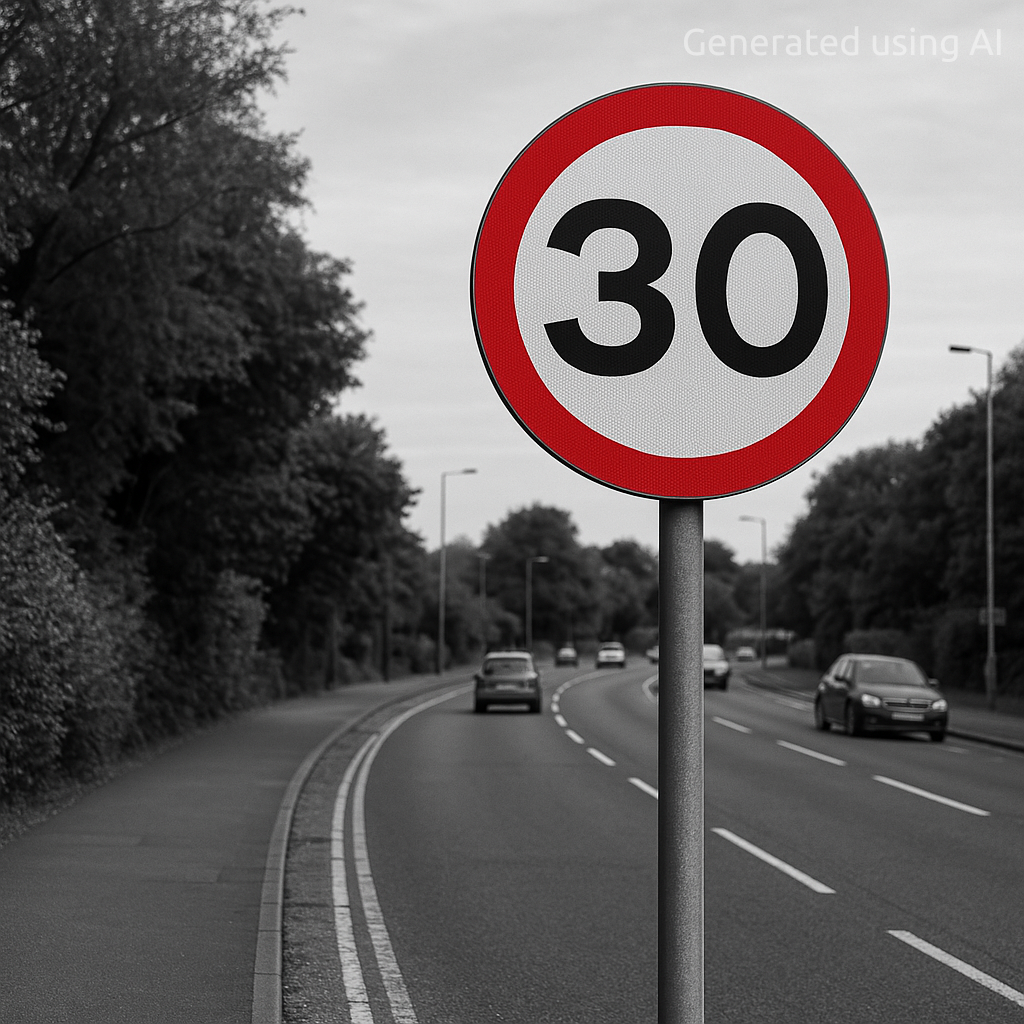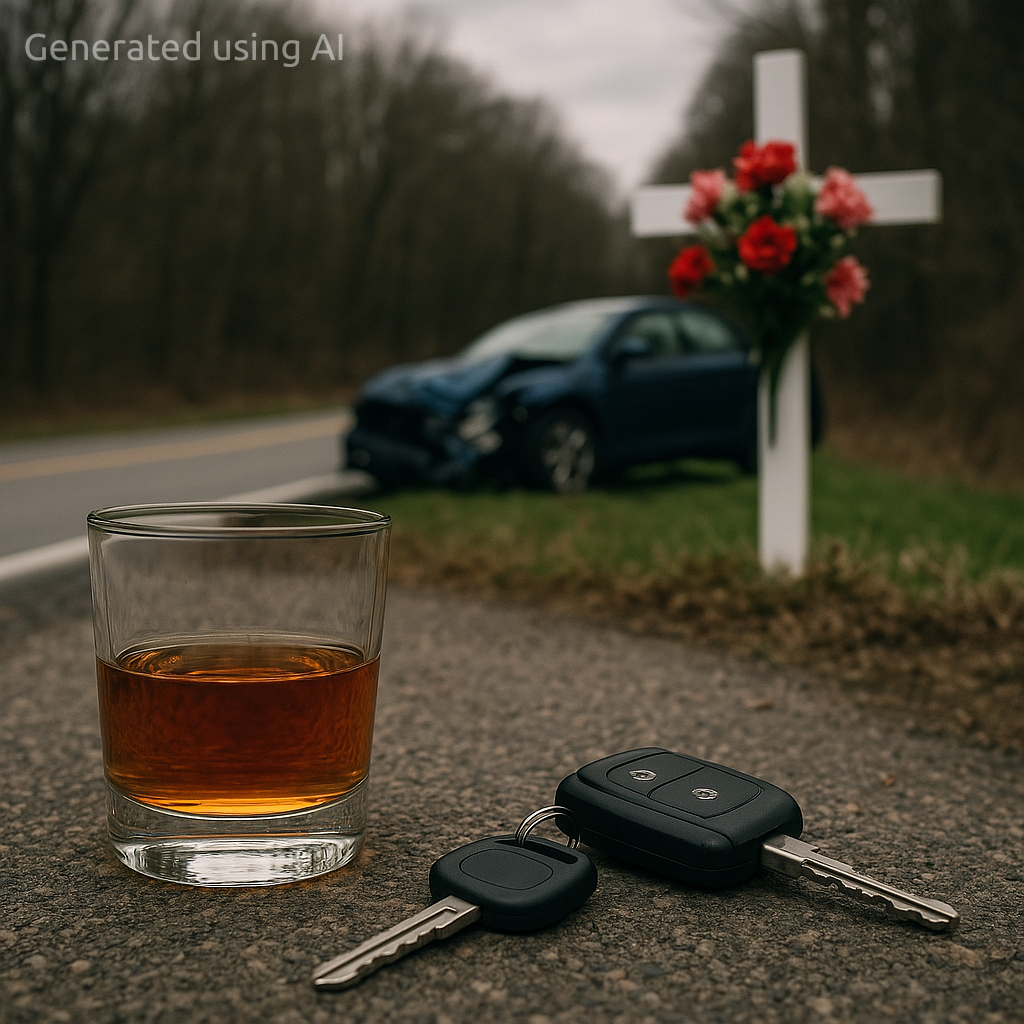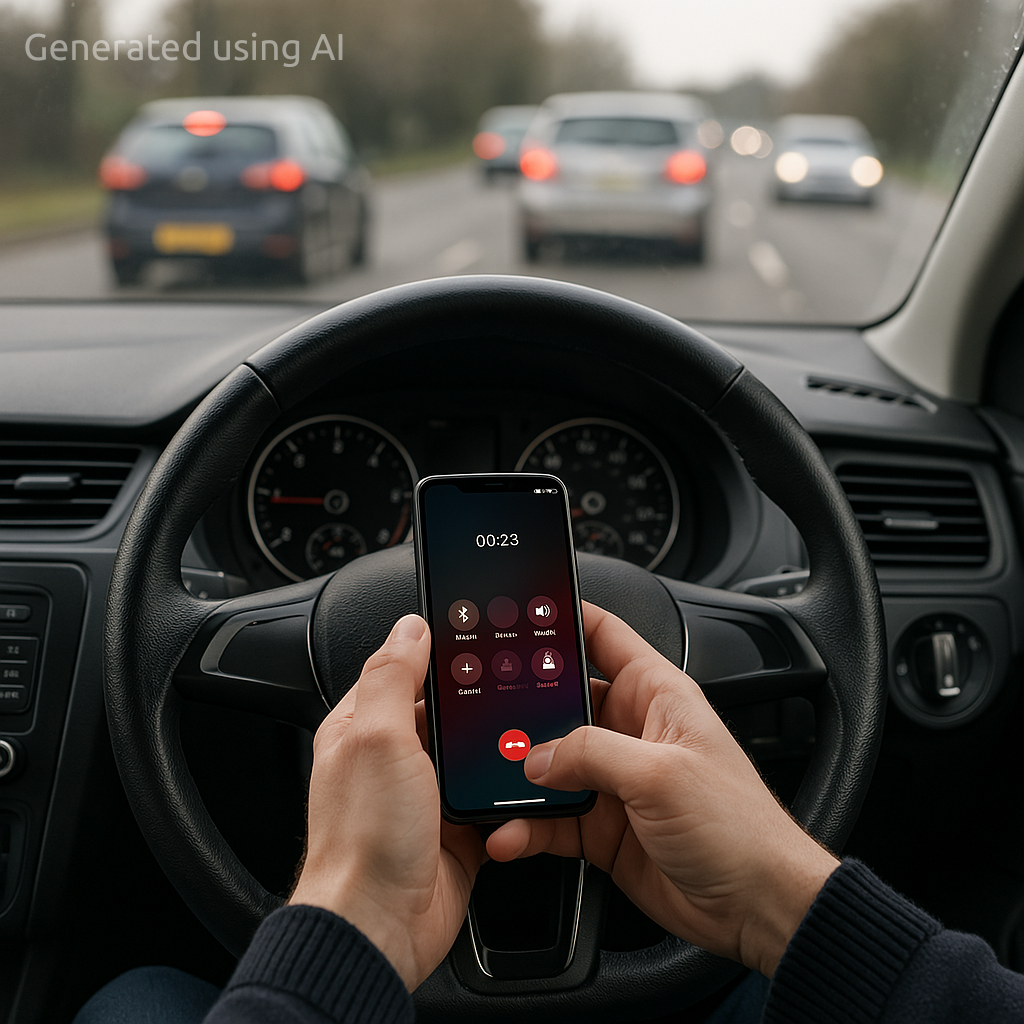Notice of Intended Prosecution
What to do if you receive a speeding ticket/Notice of Intended Prosecution.
A Notice of Intended Prosecution form is sent to the registered keeper of the vehicle within 14 days of the alleged offence.
Part 1 of the form asks if you were the driver of the vehicle at the time of the alleged offence and should be completed in all cases by the addressee of the form.
If you were the driver at the time of the offence:
You should continue to Part 2, ensuring that you sign and date the end of this section.
This section MUST contain:
- Your DRIVER’S LICENCE number. If it has not been issued by the DVLA please ensure the country of origin is shown (a photocopy of the Non-DVLA Licence would be helpful) All Driver’s Licence numbers are checked and are required by law. Without a Driver’s Licence number, a Speed Awareness Course eligibility check cannot be carried out.
- Your date of birth.
- Your signature in Part 2
If any of your details are incorrect you can advise in Part 3.
If you were not the driver at the time of the offence:
You should continue to Part 3 and provide full details of the owner/keeper/hirer/driver.
This section MUST contain:
- Full Name of your nominated driver
- Full Postal Address of your nominated driver, including the correct postcode.
- Nominated driver’s date of birth.
- Your contact telephone number / email address.
- Your signature in Part 3
This is so that we can continue with your options or send a new Notice of Intended Prosecution to the person/company identified.
If you fail to respond to a Notice of Intended Prosecution within the stated time limit or fail to complete or sign the notice, then a summons can be issued for failing to furnish information and you will be required to attend a Magistrates Court.
What happens next?
If it was you driving, after we have received your completed Notice of Intended Prosecution, there are several options that may be available to you. If you are eligible, you may be offered a speed awareness course as an educational alternative to penalty points and a fine.
If you are not eligible for a speed awareness course, (because you have had one in the last three years, your speed is too high or you have not responded promptly), the next option for you may be a conditional offer of fixed penalty. This offers you the chance to pay a £100 fixed penalty fine and have your licence endorsed with three penalty points.
If you are not eligible for a conditional offer of fixed penalty (because you have more than 8 penalty points valid on your licence or your speed was too high) or you choose to contest the allegation in court, then the matter will be heard by a Magistrates Court. If they find you guilty, you may have to pay several hundred pounds in court costs, up to a maximum fine of £1,000 and possibly receive additional penalty points on your licence.

National Speed Awareness Course
A National Speed Awareness Course is an educational alternative to a fine and penalty points being endorsed on your driving licence.
You are only eligible for a course if you have not completed one in the last three years, your speed is within the required criteria set out by ACPO and you complete and return your Notice of Intended Prosecution within the required 28-day period.
Since the Covid-19 pandemic, courses have been conducted online by course providers but there are now more and more classroom courses being run for those who prefer to attend in person. The classroom courses are only available by provider discretion, and we recommend contacting a course provider by telephone to see if they have classroom courses available.
Online courses last between 2 hours 30 minutes – 3 hours, you must have a device with a front facing camera, a microphone and device sound. Most online courses are provided by Microsoft Teams (free to download as an app) but you must have a strong internet connection.
Classroom courses last between 3 – 4 hours and you are recommended to take a pen and paper with you.
The price for a course varies by course provider, but a payment plan may be available by request from the provider. When you attend a course, you must produce suitable photographic identification such as a passport or driving licence.
When completing a course there are rules which must be abided by. It is determined by the course trainer if you have adhered to these and are eligible to be signed off.
The rules are:
- You must be completely alone, in a private location where you will not be disrupted.
- Your location must be quiet. If your location is deemed inappropriate, then you may be removed from the course by the trainer.
- If you attend a classroom course, you must bring a pen or pencil.
- If you attend an online course, you must have a device with a front facing camera, microphone, device sound and a strong internet connection.
- Virtual or blurred backgrounds are not permitted, the camera will be able to see behind you.
- Apart from using a mobile device to attend an online course, the use of mobile devices during the course is strictly prohibited. All mobile devices must be switched to silent and stored out of sight.
- People participating in a course should conduct themselves in a respectful manner to the course trainers and others attending the course.
Failure to comply with these terms may result in you being excluded from a course.
For a full list of course providers, please click here.
Conditional offer of a Fixed Penalty
A conditional offer of a fixed penalty needs to be complied with, within 28 days of the date on the offer.
To comply with the fixed penalty, you are required to make your payment of £100 and submitted your licence details to the Regional Fixed Penalty Office by either of the following methods.
Option 1: Payment and Driving Licence Details Submission Online by visiting https://penaltynotice.direct.gov.uk. You will need the fixed penalty notice number at the top of your offer, a valid debit or credit card and your driving licence details.
Option 2: Phone or Postal Payment and Driving Licence Details Submission by Post, by either:
- Phoning the automated 24-hour National Payment Line on 0300 1231481 and following the instructions when prompted. You will need the fixed penalty notice details at the top of your offer and a valid debit or credit card.
- Step 1
- By sending a cheque or postal order payable to HMCTS (with your fixed penalty notice number on the back) to Regional Fixed Penalty Office, PO Box 223, Morley, Leeds LS27 1DN. Your cheque must be signed, not post-dated and equal to the full amount of the fixed penalty charge £100. The fixed penalty office cannot offer a payment plan.
- Step 2
- Submit your driving licence details by post to Regional Fixed Penalty Office, PO Box 223, Morley, Leeds LS27 1DN by completing the form attached to your conditional offer.
Or:
Evidence
Calibration certificates can be found here.
Or
The starportal which can be found here where you will also be able to view your offence and re-print a copy of your notice of intended prosecution.
Speed Limits
A guide to speed limits.
The most popular comment we hear is "I didn't know this was a 30mph road" or "there weren't any repeater signs stating it was a 30mph limit".
We always refer them to the Highway Code and what is referred to as "a built-up area with a system of street lighting". These roads are known as 'restricted roads' and can be explained by the legislation below.
"Section 82 (1)(a) (of the Road Traffic Regulation Act 1984) defines a restricted road in England and Wales as a road which is provided with a system of street lighting furnished by means of lamps placed not more than 200 yards apart. Section 81 specifically makes it an offence for a person to drive a motor vehicle at a speed of more than 30 mph on a restricted road. As set out in paragraph 45, it is generally recognised that a 'system' of street lighting could be three or more lamps spaced not more than 183 metres apart. However, street lighting (for the purposes of determining whether or not a road is a restricted road) is not necessarily limited to streetlamps, but may extend to lighting provided by authorities or parish councils."
To avoid confusion that could arise if some 30 mph zones were 'street-lit' and some were not, DfT guidance goes onto say:
"Direction 11 of The Traffic Signs Regulations and General Directions 2002 (TSRGD 2002) defines the requirements for the placing of speed limit repeater signs. This states that speed limit repeater signs cannot be placed along a road which there is carriageway lighting not more than 183 metres apart and which is subject to a 30mph speed limit. The Department will not make exceptions to this rule".
All this may seem quite wordy and confusing, so if the area you are driving in has a lot of houses and/or shops and seems built up and it has a lot of streetlights and there are no repeater signs, it is best practice to drive not exceeding 30mph.
For all other speed limits for roads and different vehicles please click here.
The Fatal Four
The "Fatal Four" refers to four leading causes of road traffic collisions that result in death or serious injury. In order of the biggest causes (NPCC July 24) these are:
-
Speeding:
Driving at excessive speeds or speeds inappropriate for the conditions is a major contributor to collisions, with even a few miles per hour difference potentially being fatal.
- "I was running late"
- "I thought it was a 40 limit not 30"
- "My speedo says I was only doing..... "
Break the speed limit and you could get between three and six points and a fine.
-
Drink/Drug Driving:
Impairment from alcohol or drugs reduces reaction time and judgment, leading to unpredictable driving behaviours and increased risk of collisions.
- "I didn't realise I was over the limit”
- "It was only a spliff or two”
- "It was an emergency and I had to drive”
Drive or attempt to drive when you're over the limit and it's and instant 12 month ban that will stay on your licence for 11 years.
-
Not Wearing a Seat Belt
Seatbelts are a basic safety feature that can save lives by preventing serious or fatal injuries in collisions.
- "I normally wear it”
- "I have only just driven off”
- "I can't wear it, it gives me neck pain”
If you don't wear a seatbelt, you could get a £100 fine.
-
Using a Mobile Device
Distraction caused by using a mobile device at the wheel, even if hands-free, can significantly impair a driver's ability to react and make safe decisions, as well as affect their overall performance.
- "I never answer it when I'm driving, but it was urgent"
- "I wasn't on it, I was just checking my messages"
- "Yes I did use my phone, but I still had both hands on the wheel”
If you talk, text or even play with your phone whilst driving, it could be six points and a £200 fine.
Note: For new drivers within the first two years of passing their test, this could mean losing your licence and retaking your test. That text, call or streaming session will therefore not only be expensive but could impact your future or current employment.




Despite the increased risk these actions create to drivers or other road users, we have included some of the excuses we hear, and if the risk of causing someone serious harm is not enough to put you off committing such offences, included is the level of punishment you can expect to receive if caught.